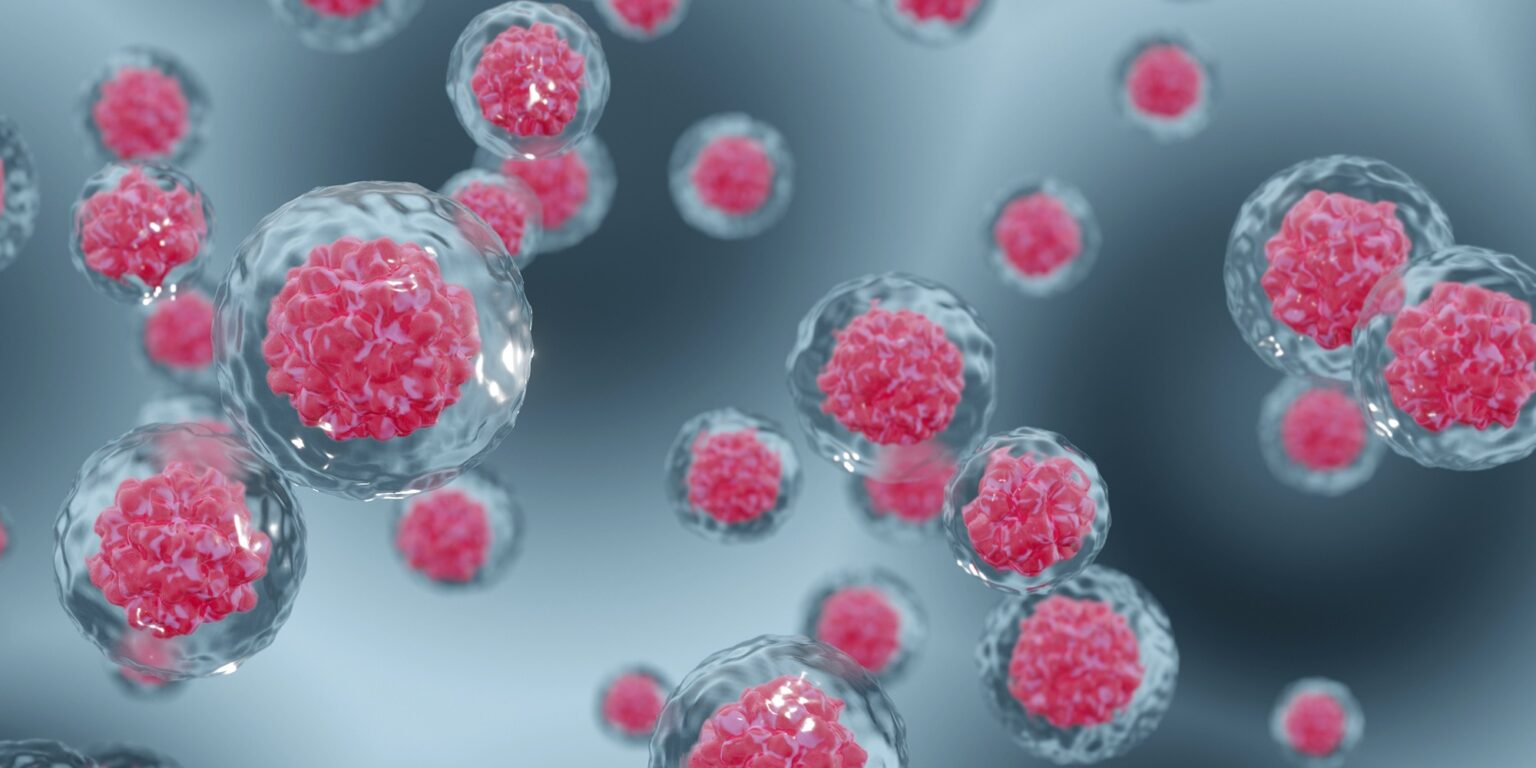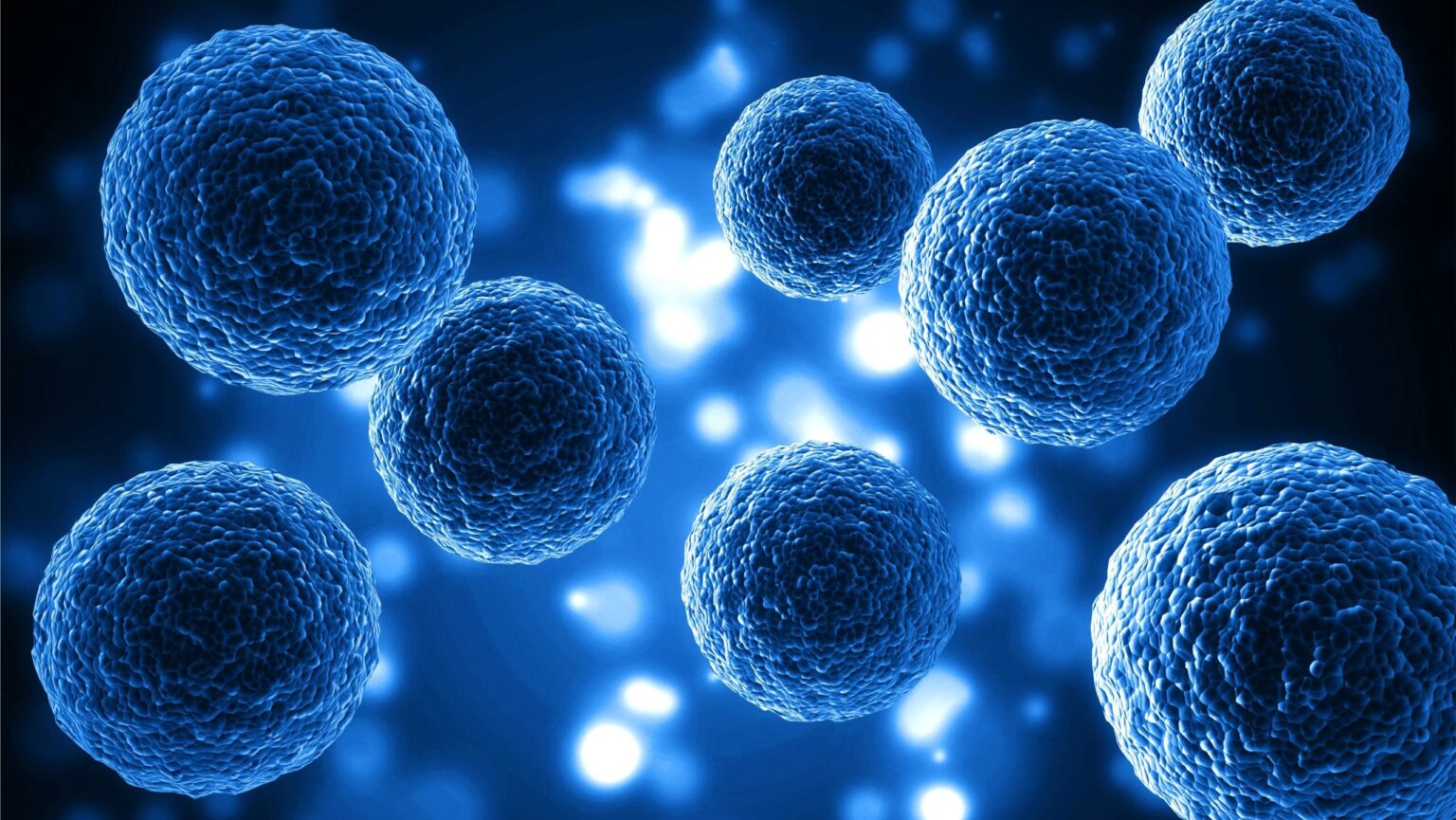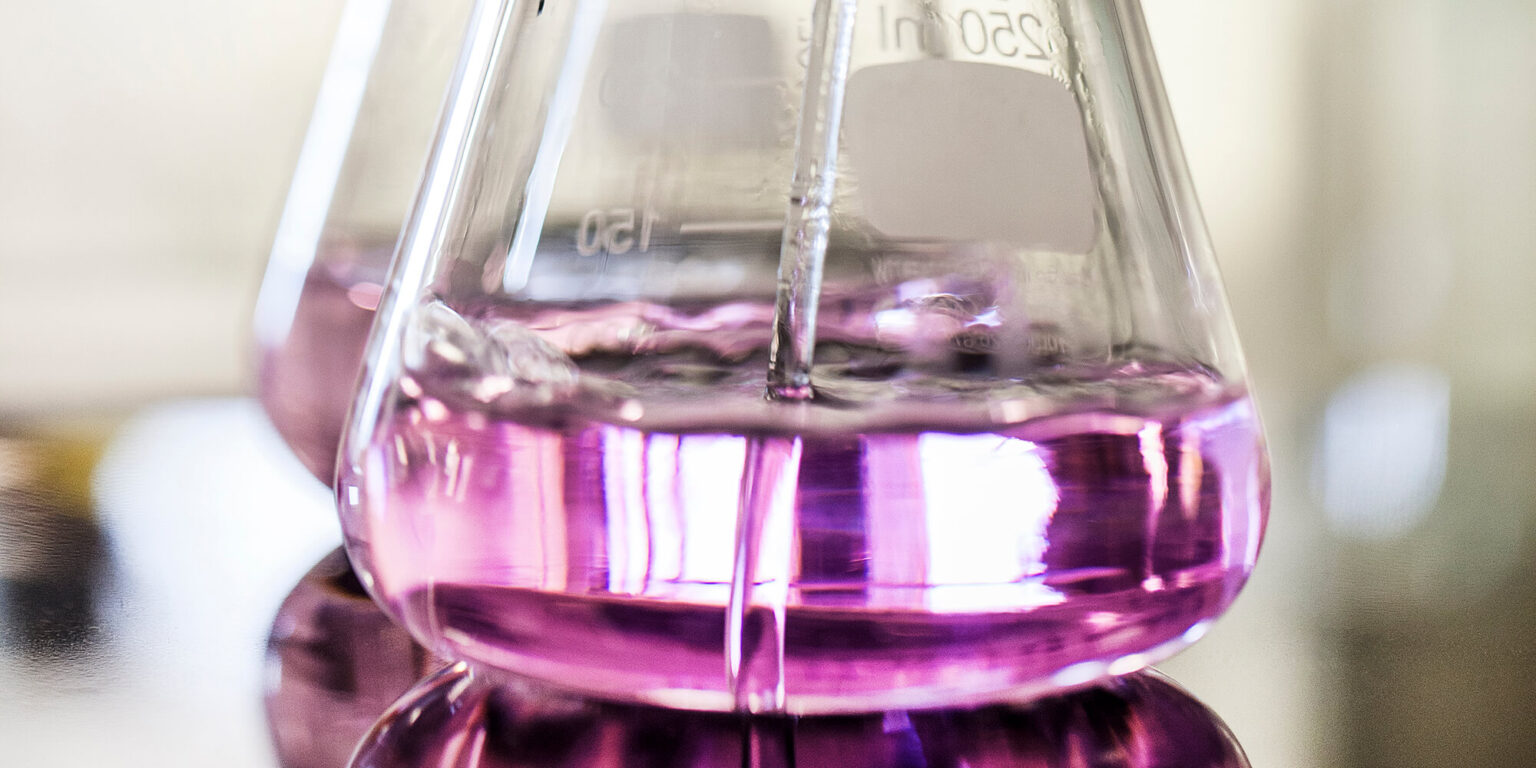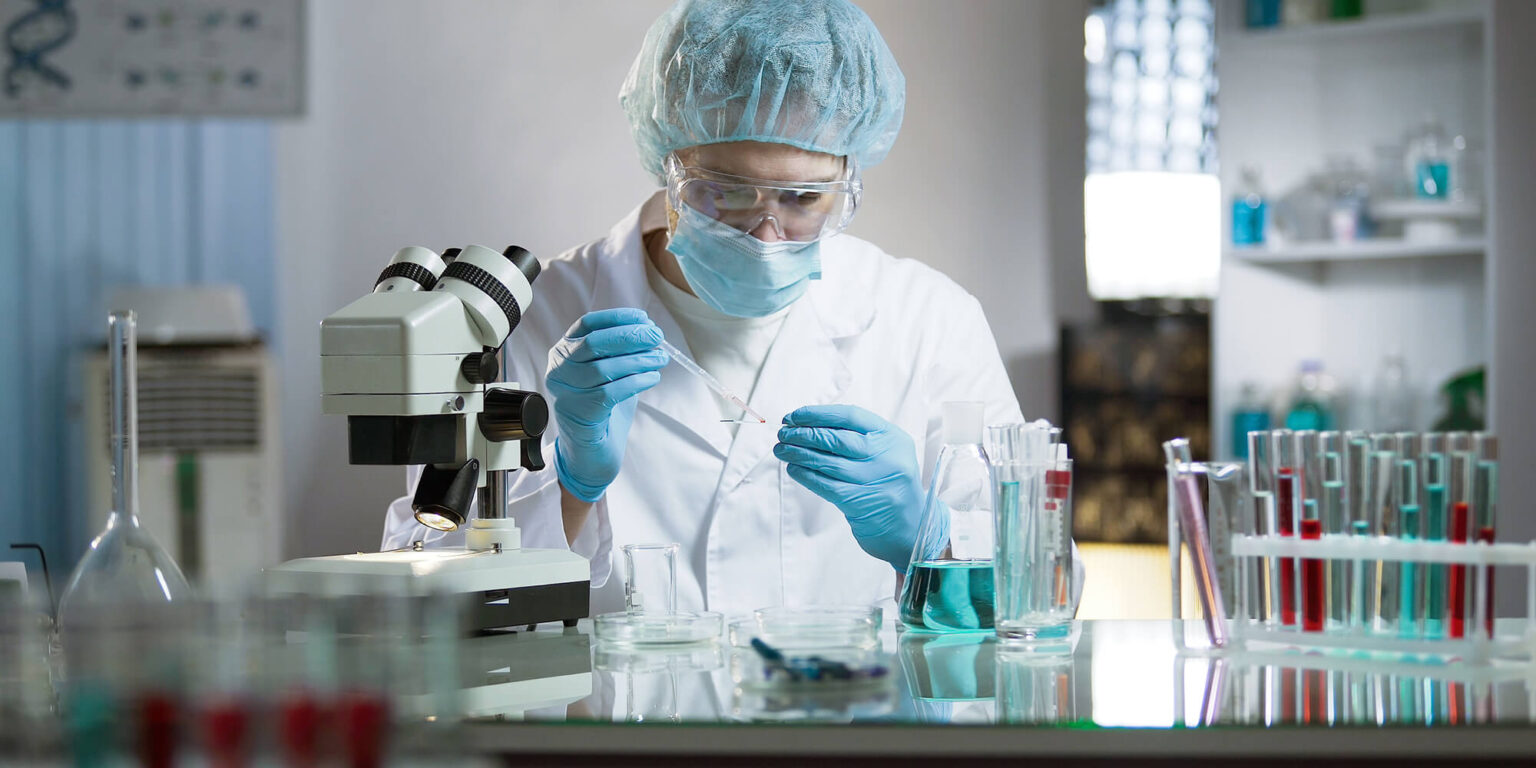Conclusion
A significant increase in viable cell density and baculovirus-dependent VLP production is observed following addition of recombinant Insulin to commercially available chemically defined media in Sf9 batch-mode culture, leading up to 1.2-fold increase in VLP particles.
Background
Virus-like particles (VLPs) are a promising tool for vaccination and gene therapy. The insect cell/baculovirus expression system (BES) has proven to work properly for the expression of complex proteins, achieving high protein yields with adequate post-translational modifications. Insect cells provide an easy means for complex protein expression since they can reach high cell densities, do not contain human pathogens, and entail less culture requirements. Among them, the Sf9 insect cell line is the most used platform. Recently, a chemically-defined medium for Sf9 cells was developed, with the possibility to enhance cell growth and VLP production through specific supplementation. In this study, the effect of recombinant insulin (r-insulin) supplementation to the cell culture media was evaluated.
Study description
Cell growth of Sf9 cells in ExpiSF CD medium (Thermo Fisher Scientific), supplemented with different concentrations of r-insulin was analysed. The Autographa californica multiple nucleopolyhedrovirus (AcMNPV) baculovirus was employed to produce HIV-1 Gag VLP proteins. The gene of interest was placed after a strong promoter to drive the expression of high levels of HIV-1 Gag VLP. The Gag gene was fused in frame to eGFP to ease product quantification. Insulin was then supplemented to Sf9 cells infected with the baculovirus, and cell growth, as well as VLP production was measured.
Results
A 1.1-fold reduction in cell doubling time (21 ± 0.5 vs 23.8 ± 2.4 h) was achieved using 1 mg/L of r-insulin. This way, the maximum cell growth was shortened (fig. 1A). Also, a 1.2-fold improvement in maximal viable cell concentration was obtained with 1 mg/L insulin (fig. 1B). Again, 1 mg/L r-insulin supplementation was the best condition to increase VLP yield. A 1.2-fold increase in VLP production was attained (5.6 x 1010 VLP/mL), all of them with a diameter comprised in the 100 – 200 nm range. (fig. 1C).




Figure 1: Cell growth kinetics of Sf9 cells and VLP production upon insulin supplementation. Viable cell concentrations and viabilities of Sf9 cells at different r-insulin concentrations (A). Comparison of viable cell concentrations and viabilities of Sf9 cells with 1 mg/L and without r-insulin supplementation (B). VLP concentration (left panel) and size distribution of fluorescent particles (right panel) with 1 mg/L supplementation (C).



